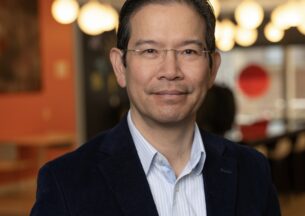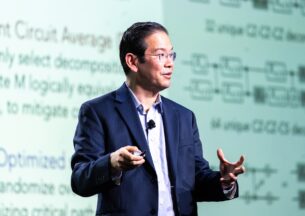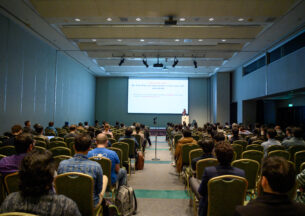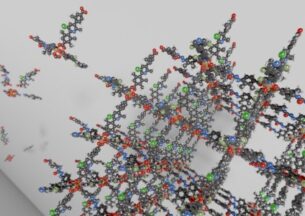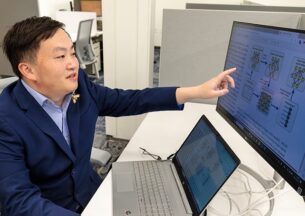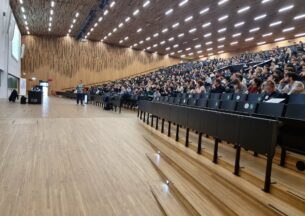Prof. Diana Franklin Co-Lead Writer of NSF Report on Key Concepts for Quantum Education
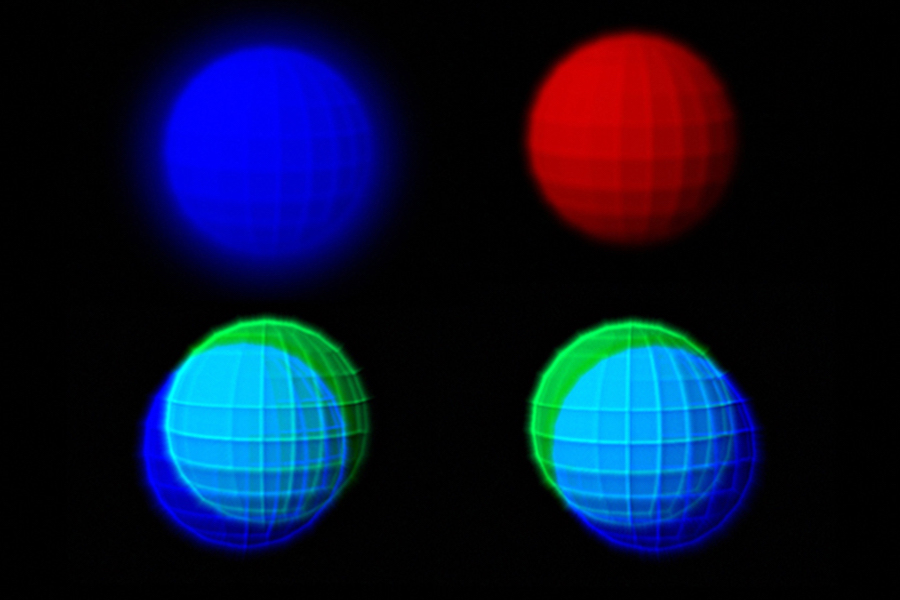
If quantum information science will drive the most powerful technology of the near future, it’s important to start training tomorrow’s quantum workforce today. To set the guideposts for how that education can start before college, the National Science Foundation and the White House Office of Science and Technology Policy recently convened a group of educators, researchers, and industry representatives for a virtual workshop.
Among the 23 participants for the “Key Concepts for Future Quantum Information Science Learners” workshop was Diana Franklin, associate professor at UChicago CS and expert on computer science education. Franklin was also one of four lead writers — alongside Emily Edwards, James Freericks, and Carol Lynn Alpert — of the output report, which provides a framework for creating new curricula or courses and integrating quantum information science concepts into different subjects across all K-12 levels.
The workshop settled on nine key concepts that define the field of quantum information science (QIS), introduce fundamental ideas for the field, and describe critical areas of study and applications. The mission, Franklin said, was to distinguish the topic from quantum physics and make it flexible enough to fit into several different courses, including computer science, mathematics, physics, and chemistry.
“It was very important that the focus not be on quantum mechanics, but on QIS itself,” Franklin said. “It's not about how the physics works. It's about how you harness that for sensing, communication, and computation. The hardest part was trying not to get too technical, trying to get away from explaining the physics and instead find concepts that don't involve advanced math, but are definitely something that if you learned it, it would help you later on.”
The nine key concepts in the report include a general description of quantum information science itself, and introductions to the quantum state, measurement, the quantum bit (qubit), entanglement, and coherence — the properties that underlie quantum applications and provide advantages over current technologies. Also making the list are three of the most promising of those applications: quantum computing, quantum communication, and quantum sensing.
While advanced concepts such as entanglement and quantum teleportation might not be introduced until the high school level, Franklin emphasized that students can start working with some of these principles at an early age. In one activity her group designed, in collaboration with UC Santa Barbara colleagues, third graders attempted to determine the flavor of a jelly bean without cutting it open, tasting it, or otherwise using a “destructive” measurement method, an analogy for how quantum systems collapse to a single state when observed.
The concepts were also chosen to appeal to a wide range of learners across backgrounds, broadening participation in this emerging field.
“We don't want to create something so technical and out of reach of most high school teachers and students that only a few schools are going to adopt it,” Franklin said. “We want to show that these concepts can be accessible to more people; otherwise, we might as well just wait for college.”
In a news release, Sean Jones, Acting Assistant Director at the NSF's Directorate for Mathematical and Physical Sciences agreed.
“The future of fundamental research and education is in our hands. This impactful effort will empower the broad society to be included, and to actively participate in both efforts and benefits of the quantum era.”




